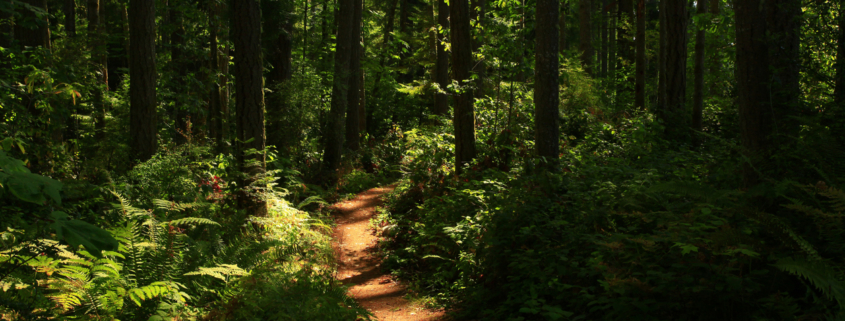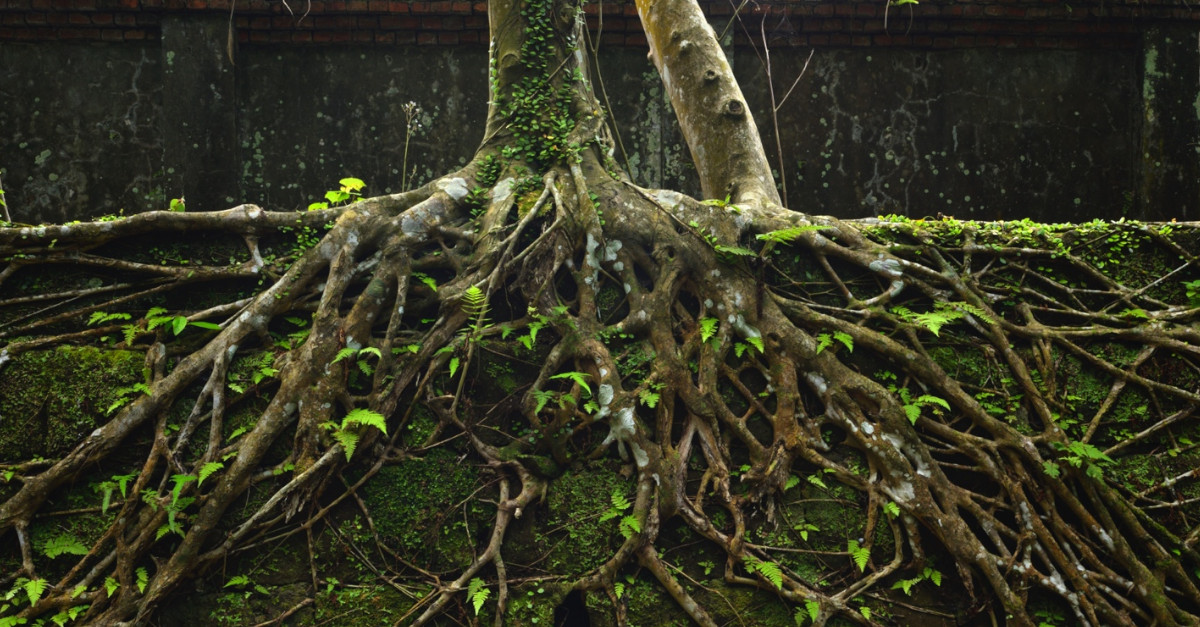How Trees Help Us Keep Cool
Though this summer’s heat dome in the Pacfic Northwest came as a surprise, in a great deal of the United States — especially here in the Southeast — the rising temperatures and increased humidity during the summer months drive pretty much anyone in search of cooler climes. On some days, even just a shady spot will do.
But there’s more than just one way in which a tree can provide relief.
Planet
You may already be familiar with the process of transpiration, but for those who need a reminder, it’s how the evaporation of water from trees cools the air around them. “Trees in parking lots,” for example, “have been shown to reduce asphalt temperatures by 36 degrees Fahrenheit and car interiors by up to 47 degrees Fahrenheit,” the National Wildlife Federation reports.
But you don’t have to be stranded in the middle of a treeless parking lot to know that shaded areas give off less heat than those without it, as the U.S. Environmental Protection Agency details.
While a brand-new study by Christopher A. Williams (an environmental scientist and professor in Clark University’s Graduate School of Geography) indicates that simply planting more trees may not equal a cooler planet, we encourage a closer read. “It is all about putting the right trees in the right place,” Williams asserts, “and studies like ours can help identify where the potential for cooling is greatest.”
Just last summer, we indicated something similar in our own blog. Even if continued study may be necessary, what we do know is that trees make a difference when it comes to outdoor temperatures. Therefore, thoughtful conservation and cultivation is vital.
Home
Trees aren’t just helpful when it comes to cooling your home planet. They can keep down the temperature of your home (and your electric bill), too.
A 2009 study in California explained how. “Everyone knows that shade trees cool a house. No one is going to get a Nobel Prize for that conclusion,” the study co-author, Geoffrey Donovan acknowledged in a post by the U.S. Forest Service. “But this study gets at the details: Where should a tree be placed to get the most benefits? And how exactly do shade trees impact our carbon footprint?”
Results showed that shade trees growing on the west and south sides of a house on these properties may reduce the annual summer electric bill by approximately $25.00. Those on the west side of a house can also help lower net carbon emissions from summertime electricity use.
Personal
Stepping into the shade won’t just cool down your body temp, either. It may also improve your sense of overall chill, as well. A 2018 study conducted in Japan, for example, found that a stroll through the forest “decreased the negative moods of ‘depression-dejection,’ ‘tension-anxiety,’ ‘anger-hostility,’ ‘fatigue,’ and ‘confusion,’ and improved the participants’ positive mood of ‘vigor’ compared with walking through city areas.”
Besides their cooling effects, there are many other reasons to take care of the trees in your yard, neighborhood, and state. Call us at 404.252.6448 or book an appointment online for our expert assistance.










